2014 proved to be a peak of many trends and initiatives that had gained even more traction in previous years. We saw a push for the viability of the mobile market, with F2P continuing to rise; YouTube and streaming content, particularly critics and reviews, cemented their roles as influencers; and there were a lot of big buys this year from companies like Google, Facebook, Microsoft and Amazon.
Here at Wargaming, we cover many different markets: gamers can get their “Worlds” experience over a variety of platforms. We believe it’s important to keep ourselves informed about what’s shaping our industry, so we compiled a list of some of the top trends we saw in 2014.
1. More global, mobile, and social
With the market saturation of smartphones, tablets and interconnected devices (with 6.5 billion mobile subscribers all over the globe), easy access to gaming on a number of platforms has become even easier—it’s higher than internet users (2.5 billion) and active social network users (1.8 billion).
We’re more connected than ever. 24.4% of people using smartphones mean that nearly a quarter of the world’s population has access to various forms of digital entertainment.
Games become even a social, family experience. An ESA report found that the number one reason parents play games with their children is because “it’s fun for the entire family”, and that 32% of gamers play with other family members.
Gaming is moving away even further and more rapidly from the solo gamer archetype of old. There are more people out there, running the gamut of age, gender, and entertainment preference, who could potentially become interested in your games. For example, in 2014 we’re experiencing an increase in female gamers in places like the US (increasing to 47% from 42% in 2012).
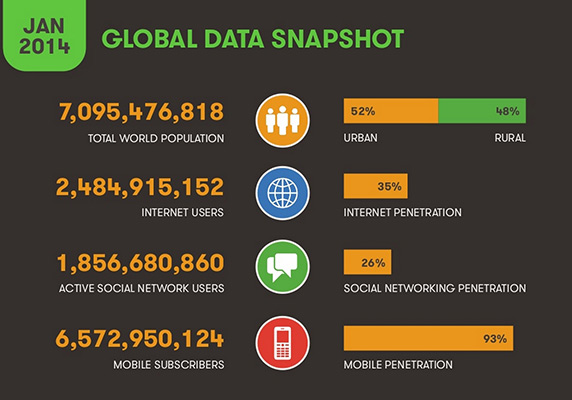
As the mobile games industry matures, users are becoming savvier at defining the kind of experience they want.
With World of Tanks Blitz on iOS and Android we’ve begun building our reputation for being an innovative, cross-platform developer on the mobile and tablet market who have a clear vision on strengthening our brand with new projects.
We delivered a quality experience for our players across both mobile platforms that parallels the efforts in our other titles. Providing this is no easy feat, but we knew that users desire and are more than receptive to a triple-A game on mobile and tablet platforms.
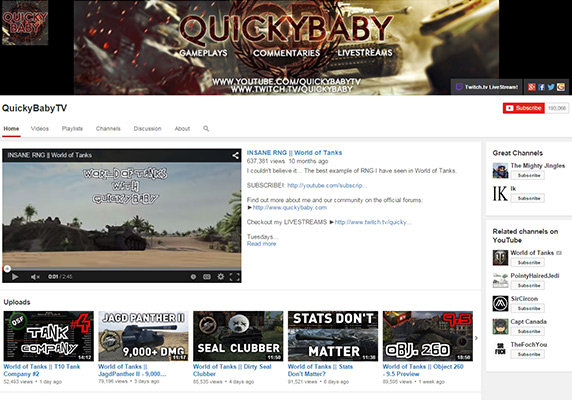
2. Paying Big Money isn’t Appealing
Gamers can get their hands on a variety of games across many platforms for relatively cheap these days, and in a lot of cases don’t have to compromise on quality. For PC gamers, Steam’s greenlight program and the fact that it’s a convenient, direct to consumer digital platform, allowed many developers to offer their games for a lower price. Steam sales, Humble Bundles—there’s a lot of avenues to offer quality titles for less than what we’re accustomed to.
Mobile is much the same, in that aside from one-time fees for Android and a developer subscription for Apple, indie devs and companies have the same gate they must cross before listing their titles on the market. Combine this with the majority of mobile games offering a free trial period for their games, with the option to later pay a fee to buy them, shows that we’re handing power back to the client.
Sony and Xbox have also made their push; being a member of PlayStation Plus or Xbox Live Gold means that hundreds of titles are available free to download for a set period of time or reduced in price.
3. Free is the New Black
The next step from offering discounted games and temporarily free titles is to remove the initial monetary purchase altogether. The F2P movement has grown considerably over the past few years with quality games like League of Legends, Hearthstone, and our very own World of Tanks (as well as our other titles). Having stepped into the console market with World of Tanks: Xbox 360 Edition, we’ve proved to be the company that brings triple-A titles in a F2P model.
According to an Arxan report: “127 billion apps were downloaded for free in 2014, and there were over 11 billion downloads of paid apps. Free app download volume is projected to grow to 253 billion downloads and paid app download volume is projected to grow to 14.78 billion by 2017. Global Mobile Apps revenue accounted for $25.84 Billion in 2013. Mobile apps are on a path to reach $70 billion in annual revenue by 2017.”
At the moment, competitive online games dominate the scene, uniting many different gamers from all over world. Free-to-play (free-to-win) is a healthy and natural progression for the industry when implemented correctly—constant updates, listening to your customers, and making skill the defining factor.

4. The Continued Rise of YouTube and Streaming
The rise of the YouTube/streaming star has been thrust into the public consciousness over the past few years, but that’s not to say that each generation has not had its own reviewers and critics, it’s simply that the whole process had become more streamlined. Now anyone has the power to upload footage, live stream gaming sessions, or write about their passion.
For Wargaming, we believe streamers like, Jove [Vitrus.Pro], Vspishka.pro and Quickybaby—plus loads more—add a great perspective to our games and work to reach out to a passionate fanbase.
This has led to a number of influencers, particularly in the gaming, entertainment and tech communities. Powerhouses like PewDiePie and TotalBiscuit have become tastemakers with millions of followers that act as a new channel for people to learn about games and issues. Whether it’s YouTube or Twitch, there’s a plethora of ways for people to produce content and let themselves be heard. The way gamers think, learn, and discover games has changed with an influx of new media.
5. Android Gathers Momentum
Android has continued its rise in the market with its customizability and large range of devices with accessible prices. If we take a look at the Arxan’s numbers again, it’s pretty interesting:
“Android dominated the Mobile Device Market with 85% market share as of Q2 2014, and Google Play worldwide quarterly downloads were about 60% higher than iOS App Store downloads in Q3 2014.”
This competition is great for both developers and consumers, showing that there are viable platforms for companies to deliver a range of services to a large consumer base which pushes people to innovate.
6. Crowdsourcing
In 2014, crowdsourcing has shown to be a powerful tool for bringing together lots of diverse people with differing skills and abilities to tackle problems or help co-create projects.
For example NASA reached out to people with the list of challenges and problems related to space missions. A generation ago, this kind of open-source collaboration would have been difficult if not impossible, but with the advent and progression of the internet, the ability for people to work together from anywhere in the world has become easy.
Wargaming has embraced crowdsourcing by implementing the Wargaming Developer Partner Program. This program is there to help people build and integrate their own apps for Wargaming.net. Users can learn to work with Wargaming.net API, get access to user stats, as well as Wargaming’s wealth of art assets, all in an effort to encourage creative people to work better together.
7. Big Acquisitions
2014 was the year of some significant acquisitions. In November, Microsoft completed its acquisition of premiere first-person sandbox phenomenon Minecraft for $2.5 billion, with Notch stepping away from the company. Amazon continued its integration into new platforms with the purchase of Twitch (for $970M) and Double Helix games. And who could forget Facebook’s acquisition of Oculus Rift for $2 billion?
This year we’ve seen a lot of large companies securing their presence in the industry with solid purchases of innovative and rapidly growing companies, and we’ve seen other companies reach outside of their regular channels to make some bold and surprising jumps to ensure they can move with an evolving entertainment industry.

8. Virtual Reality
VR is an exciting new dimension with possibilities and applications beyond just gaming. At several events this year, we had the pleasure of having hands-on experience with the Oculus Rift and found it impressive. With companies like Samsung, Sony, Microsoft exploring the next realm of gaming, VR could become the next giant leap, and this year’s offerings, such as the aforementioned Oculus Rift, have shown both developers and players that there’ll need to be some serious thought in how we apply this rapidly emerging medium to break even more exciting ground.
Looking forward, VR is only set to grow, with markets predicting a valuation 1.06 Billion in 2018. Who knows, maybe in the next World of Tanks you’ll be right there in cockpit?
9. Cloud Adoption
Business have already realized the potential of cloud applications, whether it’s storage, cloud computing (which some believe is the future), or the potential for AI, cloud computing is certainly an intriguing and potentially game-changing movement.
But it’s not only traditionally business-orientated companies that have discovered the potential in cloud-based systems and computing. Sony PlayStation’s “Now” streaming system allows access to a catalogue of games across a number of its devices. However, this gaming medium is still in its infancy, with connection validity and response times being at the forefront of customer concerns. In the future, cloud-based streaming services could shift the dynamic in how we play and purchase gaming.
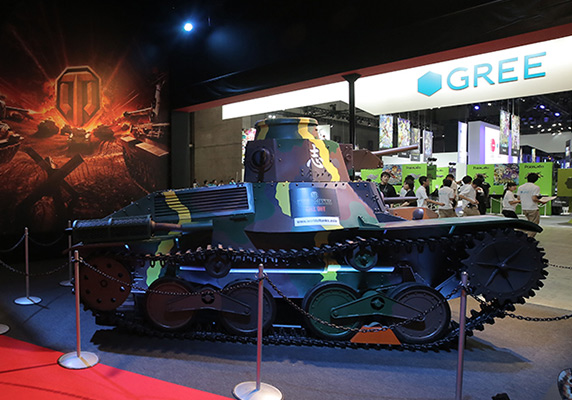
10. The Growth of Asia’s Market
If it’s been an exciting year for gaming and tech in general, that goes double for the Asian market. Out of the $6 billion’s worth of the Global Games Market Growth seen this year, 82% of it originates solely from the Asia-Pacific market.
As this market continues to flourish, it’s important that companies strive to understand the idiosyncrasies of each region and think how their business can thrive on a global level. Given how easy electronic distribution can be, there will always be aspects that make no two areas the same. Companies need to think globally but be able to narrow their focus of individual markets to provide a lasting service to their customers.
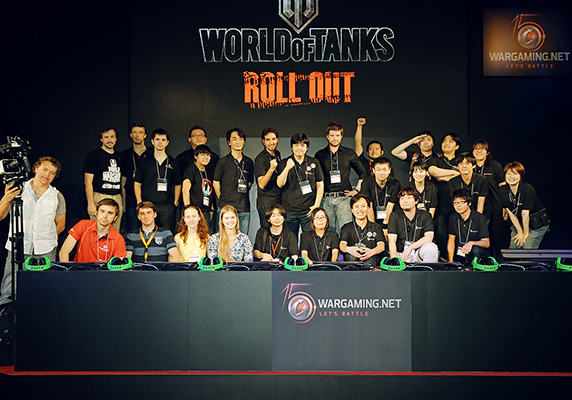
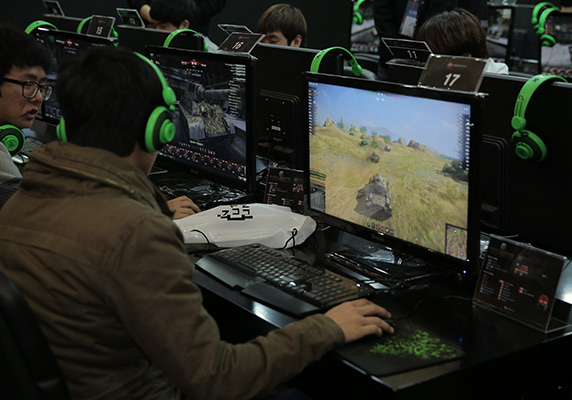
Onward to 2015
It’s been an exciting year for all of us at Wargaming, and being right in the middle of an ever-evolving industry is something that excites and challenges us every day. So we look forward to 2015 and all the innovations it will bring. And stay tuned to our blog because you’ll soon find out what we think were Wargaming’s best events of 2014!